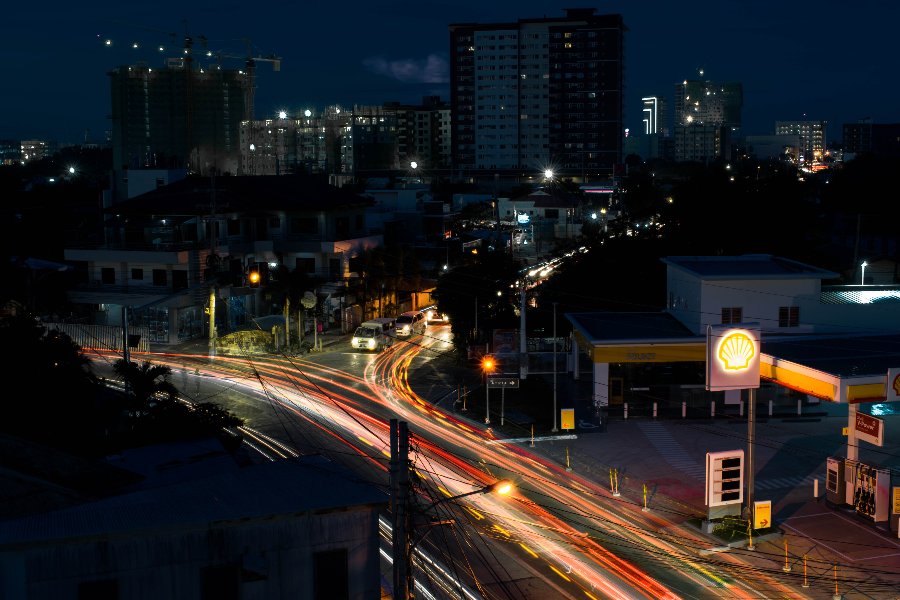It seems that the new normal is pushing many to look beyond the borders of NCR Plus for a change-of-address and a refreshed perspective—which is probably good news for the real estate industry.
Unexpectedly, the real estate sector apparently thrived in the pandemic better than projected—not at the level of, say, food and broadband services. But it did all right even as the Asian Development Bank (ADB) reported that the Philippines’ growth domestic product (GDP), an economic performance indicator of a country, declined and plummeted further in September due to the pandemic.
Real estate’s performance might be helped by the growing frustration with the global health crisis. In an article written by Senator Sonny Angara for Business Mirror, he explains that the pandemic has made city life even more difficult and untenable.
“The demands of social distancing and self-quarantines could be pushing NCR residents to move out into the provinces—or at least give it some serious thought,” he writes.
Angara adds that if more people are considering leaving congested cities, it would be bright for local companies to continue allowing work from home as a permanent option.
“We should be enticing more people to take on digital careers while making sure that we take decisive steps to improve connectivity all over the country,” the senator says. The country’s most prominent business districts are Makati, Ortigas, and Bonifacio Global City.
However, the internet connectivity of the Philippines is of poor quality. Unstable internet would be a hurdle for companies when they implement an entirely remote workforce. Angara is aware of this, and as the Chairman of the Senate Committee on Finance, he plans to make the local internet more reliable.
The senator says that the government “will invest more and act more decisively toward fulfilling its mandate to deliver Internet connectivity to more citizens and finally bridge the so-called digital divide.”
Down south
In an interview with stock market trader Marvin Germo, David Leechiu of LeeChiu Property Investments he makes a pitch for Iloilo City as an ideal place to invest in.
Upon their retirement, entrepreneurs such as the late Rex Drilon aimed to give back to Iloilo, their hometown. Using their strong network of connections, the retired businessmen gathered together to lobby the senate and congress. Their efforts led to Iloilo’s economic and development council.
“Prior to that, Iloilo was a city with one road, and there was only one hotel. Today, Iloilo has the fastest growing hotel market in the Philippines,” Lechiu says. “Iloilo is probably the most transformed location out of anywhere in the Philippines in the last eight to 10 years.”
With these points, Leechiu says that thought-out urban planning and proper investment allocations lead to the best utilization of provincial cities.

Growing industrial areas
Due to infrastructural developments, licensed broker Mia Nunga of Ayala Land Premier tells Real Living that buyer trends are changing. Like Iloilo, Nunga explains that the southern properties are selling well because more business establishments have been making a presence. She adds that infrastructure such as the South Luzon Expressway (SLEX) and Metro Manila Skyway Extension shows progress in the area.
The broker says Ayala Land’s best-selling properties are in the South—Pasay, Paranaque, Muninlupa, and Las Pinas.

“The areas of Calabarzon and the corridor NLEx-SCTEx-TPLEx in North Luzon are prime spots for logistics and industrial real estate to grow.” Kash Salvador, the associate director for Investment Properties of Santos Knight Frank, a real estate service company, told The Manila Times.
A break from city life
But for some, as Angara wrote, the idea to procure properties outside Metro Manila was prompted by the country’s prolonged quarantine period. An example of former-city dwellers that decided to move to more capacious locations are actors Megan Young and Mikael Daez.
In the couple’s podcast, Behind Relationship Goals, they mention that the decision has been brewing since they got married in 2020. “I’m happy we are moving to a place we can finally call our own,” the Miss World 2013 winner says in an Instagram post.
Others opted to build vacation homes instead of permanently moving away. Together with his mom Bambie, Enrique Gil decided to construct a beachfront family home in Anilao, Batangas.
In February 2020, the 29-year-old actor posted a video tour of the all five floors of the house, where he mentions that as a Cebu native that frequents the beach, being by the shores feels like home to him. During the tour, he exhibits his ocean activity gear such as a glass-bottom kayak, wakeboard gear, and mentions their speed boat—items worth having if you live by the beach instead of a busy city.
More than a year into the pandemic with no apparent end in sight, that dream of a life by the beach and seemingly out of COVID’s way remains ideal, a vision that can move households.





